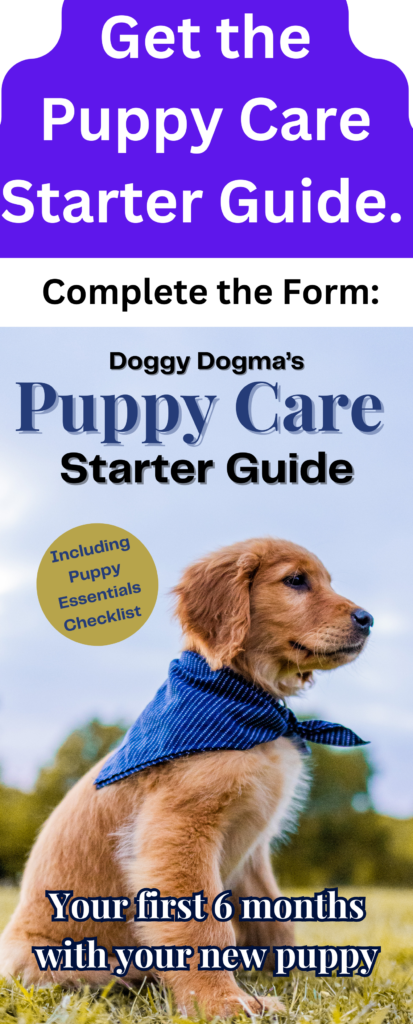Everyone loves a puppy – they are small and cute, they love to play and cuddle. There is one thing that most people don’t love about puppies, and that is their teeth – to be more specific is they hate puppy biting. So I wanted to discuss the best way to stop puppy biting, and it is going to be simpler than you think.
There is lots of advice that friends and family are going to give you when you first get your puppy, they might tell you to yell “no” at your puppy, they might tell you to whack them over the nose as you tell them off. What they don’t tell you, because they don’t know, is that there is a chance that this kind of treatment is going to go one of 2-ways – it can result in the dog actually becoming more excited, and coming back for more or, and possibly much worse – it scares the dog and damages your relationship with your puppy.
So here is my three-step plan to reduce and eliminate unwanted puppy biting:
1. Walk away from and ignore your puppy – that is right get-up and walking away. Dogs do this to puppies all the time – if a puppy is getting to much for them – their first port of call is to move away from the puppy, they do not provide ritualised warning signals (baring teeth or growling) unless the adult dog is not well socialised or is intolerant of puppies. So this means if you are on the couch in the lounge room you need to get up and move away from the puppy. Go in another room for up to 30 seconds and then come back to play with a toy that your dog enjoys – any skin contact during the game sees you drop the toy and leave the room again.
2. Use a crate/pen and put the puppy in “time out” to help calm him down – puppies get excited at the most inconvenient times, if he is being too excited and this is leading to hard and persistent biting, remove your frustration by putting him in a safe and comfortable area, with a Kong with cream cheese in it to lick out – and take the time to relax yourself. Once you have both calmed down then later you can come back to playing. Remember “time out” isn’t really a punishment – no dog is going to sit there and think about what they have done like we expect a child to do – it is an opportunity for a break and to stop the behaviour from being repeated and escalating – and for people to reassess if need be.
3. Finally and in conjunction with the above, we teach an exercise I call “dancing phalanges” (fingers). It is really straight forward and very simple – hold your hand about 30 cm from your dog’s muzzle and reward them with a small tasty treat if they don’t bite. Repeat a few times and then you can start wiggling your fingers and again reward for not biting. We reward them to let them know that they are doing the right thing if they do not bite hands or fingers as we are gradually making them more tempting to his puppy ways (wiggling fingers, etc).
So ideally first you want to let your puppy know: Hey buddy, this biting thing you are doing because you want me to play with you, isn’t working for you – so I am outta here! Then you are saying: I get it your excited, how about we give you something else to do in a nice safe, comfortable, relaxing place. Finally, you are actually teaching your dog it is much better to have some self-control – because it really pays off.
Most importantly, when using the 3 steps, is to remain consist – put the plan in place and stick to it, and you will achieve success.

